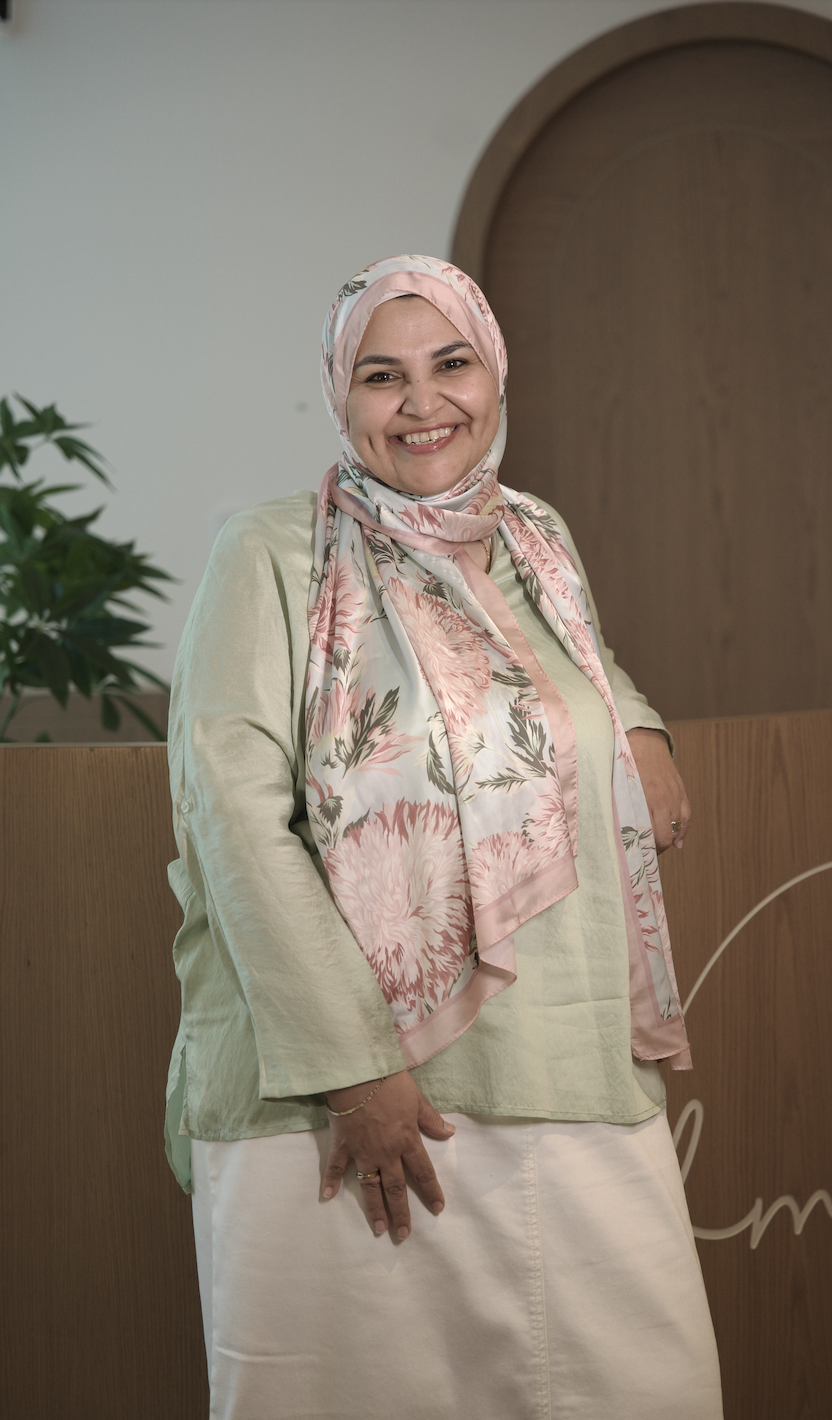
Eye Movement Desensitization & Reprocessing
EMDR is a psychotherapy treatment developed in the 1980s designed to alleviate the distress associated with traumatic memories. It is helpful for other mental health issues.
Book Appointment

Desensitize, Reprocess, and Overcome Trauma with EMDR
Speak to UsEye Movement Desensitization and Reprocessing (EMDR), was introduced in the late 1980’s by California psychologist, Dr. Francine Shapiro. The approach focuses on using bilateral simulation – stimulating the right and left side of the brain alternately – to help the brain process information so that it no longer creates the same reaction as it did when first experienced. The stimulation can be done visually, through eye movement, audibly, through the use of headphones, and tactilely through bilateral tapping, though the method is named after the ocular approach.
Dr. Shapiro describes that she discovered EMDR while taking a walk in the park. During the walk, she was preoccupied with distressing thoughts and memories. At one point she noticed she had stopped walking and her eyes were gazing in a direction of the park, spontaneously moving from side to side. She became curious and took a moment of self-observation with this phenomenon. When she continued walking she was surprised to find that the memories that had been troubling her so intensely just moments ago were no longer as intense and her feelings were much calmer.
Dr. Shapiro hypothesized that the bilateral movement of the eyes created a bilateral stimulation in the brain which helped to process and release the intensity of traumatic memories. Traumatic memories tend to ‘get stuck’ in a tight loop and the bilateral movement seems to loosen the network so that the memories can get integrated and their emotional impact is reduced. She decided to conduct further experimental research on the technique and, over time, formalized the EMDR protocol.
Common Conditions Treated with EMDR
EMDR was originally intended to treat trauma and PTSD. With time, it was found helpful for the following as well:
Post-Traumatic Stress Disorder (PTSD)
Anxiety Disorders
Depression
Phobias
Chronic Pain
Stress Reduction
Grief & Loss
Performance Anxiety
Explore our Focus Area to learn more about the chronic conditions addressed by our holistic team.
Explore Focus AreasMeet Our Specialists
Samar Abdo Said Elhais
Somatic Therapist, Licensed Social WorkerSamar is our EMDR trained practitioner, somatic, drama and group therapist. When Samar began working with individuals and communities in need, she recognized the strong connection between traumatic life experiences and the physical and mental health challenges people faced in navigating daily life. She became determined to pursue trainings in specialized modalities, such as EMDR, that could help change the limiting patterns created by traumatic experiences.
We 're here to help!
Message Samar AbdoNora Sabahat Takieddine
Co-Founder, Holistic Psychologist, Somatic TherapistNora is our somatic psychotherapist and holistic psychologist trained in multiple trauma-healing modalities. She trained in EMDR in 2014 and later discovered a similar modality called EFT, Emotional Freedom Technique, or ‘Tapping’. Though trained in both, Nora felt EFT fit more naturally into the way she guides her sessions and she chose to continue with the latter. The most recent variation in this kind of trauma-healing is called ‘Brainspotting’ which Nora is training in.
We 're here to help!
Message Nora TakieddineFrequently Asked Questions
EMDR is one of many different somatic and trauma-focused modalities known to help release trauma and improve regulation capacities for clients thus creating an overall sense of wellness. In addition to helping recover from traumatic experiences, EMDR has been found to be helpful with issues like anxiety, depressions, panic attacks, phobias and chronic pain. There is strong evidence for the effectiveness of the EMDR approach, yet each client is unique and people may respond to different modalities differently, and feel more comfortable with one approach rather than another. Whatever modality you choose will be beneficial and will have something unique to offer.
For instance, we know that jogging is good for cardio health, and that swimming is also good for cardio health, yet each provides different benefits as well as a different kind of experience. If a client feels more inclined towards swimming than jogging, then that would be the right place to start. Our team-members at BMY are trained in several modalities and are available to collaborate with the client to customize the treatment plan and integrate different methods into what is best for each client.
The number of EMDR sessions needed will vary from person to person, situation to situation. For instance, if someone is doing well overall, but struggles with a specific phobia, often positive results can be seen in just a few sessions. On the other hand, if someone is struggling with a lot of anxiety overall, and also has a specific phobia, it usually requires more sessions. These are things that can be discussed in the first appointment with the therapist and also in subsequent sessions as new information emerges.
Typically, an EMDR session at BMY is an Extended Session (80 minutes). This allows time to create stabilization within and then work on a specific memory, trigger or theme in a focused way to create shifts in these patterns. However, depending on each client, the therapist may integrate EMDR in Standard Sessions (50 minutes).
One of the main reasons for using EMDR is that a person is experiencing difficulty in certain aspects of their lives or with certain triggers. This can be in the form of different symptoms such as emotion dysregulation, hypervigilance, reactivity, fear, or different diagnosis such as depression, anxiety, PTSD and so on. While the end goal is for the person to discover greater ease and wellness, at times, when working with the different patterns, unpleasant emotions, physical symptoms and or memories can be experienced that need to be released. An important part of therapy is to collaborate with your therapist so that you can discuss together your experience and keep growing your capacities to integrate difficult emotions and attain self-regulation. These are part of the process of a successful experience of treatment.
EMDR does not involve any invasive procedure. All bilateral stimulation is external such as by following a light with your eyes, or listening to a sound using special headphones, or feeling some tapping pressure with small tapping prods. While memories that emerge could be uncomfortable, EMDR itself is not a painful treatment.
Naturally, when someone comes to a first appointment, they are hoping to “begin treatment” immediately and to experience the EMDR method. However, just like when you visit a family physician or a homeopathy doctor, the physician needs to do an assessment in the first session, so too does the therapist need to take the time to hear from you about your current struggles, the different factors that may be contributing to the issue, and the goals you would like to achieve in therapy so as to develop the treatment plan. The first session is typically called an “intake” session. The EMDR method itself is usually not started until after an intake session is complete.
The first appointment is also an opportunity to ask the therapist more about EMDR and how the sessions will look moving forward. There is greater benefit when the client understands the purpose of the approach and there is an intention of working collaboratively. At BMY, we discuss the treatment plan with our clients so that they are empowered participants in the process and we can achieve a better outcome together.





